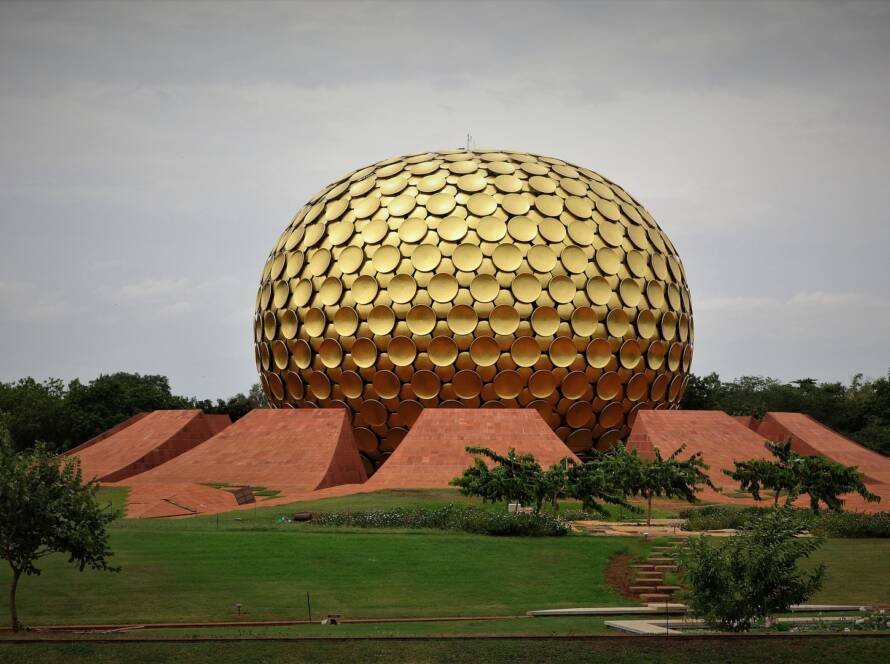On the tranquil banks of the Hooghly River, where silence meets sanctity, stands a monument not just built of stone—but sculpted with vision, values, and vast spiritual depth. This is Belur Math—the global headquarters of the Ramakrishna Mission, and one of the most profound architectural testaments to religious harmony in modern India.
At first glance, Belur Math is a visual enigma. It stirs a strange familiarity—as if you’ve seen its forms before, but never in this combination. Look closely and you’ll find a Hindu shikhara, a Mughal-style arch, and stained-glass-like windows reminiscent of Gothic cathedrals. It is not a stylistic experiment, but a philosophical statement carved in stone.
This iconic structure was envisioned by Swami Vivekananda, the fiery monk who electrified the world with his message of spiritual unity at the 1893 Parliament of Religions in Chicago. When he returned to India, he dreamed of a place that would embody the essential oneness of all faiths—not in theory, but in form. Thus was born Belur Math in 1897, a sacred space where architecture becomes ideology.


The main temple—a masterstroke of syncretic design—was conceptualized by Vivekananda himself. Though he passed away before its completion, his idea took shape in stunning harmony. The soaring spire speaks the language of Hindu temples, while the domes and arches nod to Islamic aesthetics. The ornate doorways and rhythmic symmetry echo Christian churches, while the temple’s base layout subtly mirrors Buddhist mandalas. And yet, it is not a blend. It is a balance—a sublime confluence of traditions that neither dilute nor dominate one another. This was Swami Vivekananda’s genius: to offer a spiritual blueprint for humanity through brick and mortar.
Step inside, and the energy shifts. There are no barriers, no orthodoxies, only sacred stillness. At the sanctum lies a serene idol of Sri Ramakrishna Paramahamsa, the mystic who taught that “as many faiths, so many paths” to the Divine. His teachings inspired a movement—not just of worship, but of inclusive spiritual action, through the Ramakrishna Mission.
Belur Math is not merely a temple—it is a living centre of selfless service, spiritual inquiry, and inner transformation. Schools, hospitals, rural upliftment programs, disaster relief efforts—every act of the Mission reflects the core philosophy: “Service to man is service to God.”

The entire campus radiates peace. Its museum preserves the lives and legacies of Ramakrishna, Vivekananda, and The Holy Mother, Sarada Devi. The river flows gently beside it, as if listening in reverence to the silence within.
In a time when the world often fractures along religious lines, Belur Math stands as a stone-born prayer for unity. It doesn’t ask us to abandon our faiths—it invites us to see their shared soul.
Swami Vivekananda once declared,
“Truth is one. Sages call it by different names.”
Belur Math doesn’t just echo those words—it embodies them.
To visit Belur Math is to witness a revolution of the spirit—a place where faiths converge, egos dissolve, and the human soul rises.
It is not just a monument. It is India’s silent anthem of spiritual oneness—sung through form, faith, and unfading purpose.



